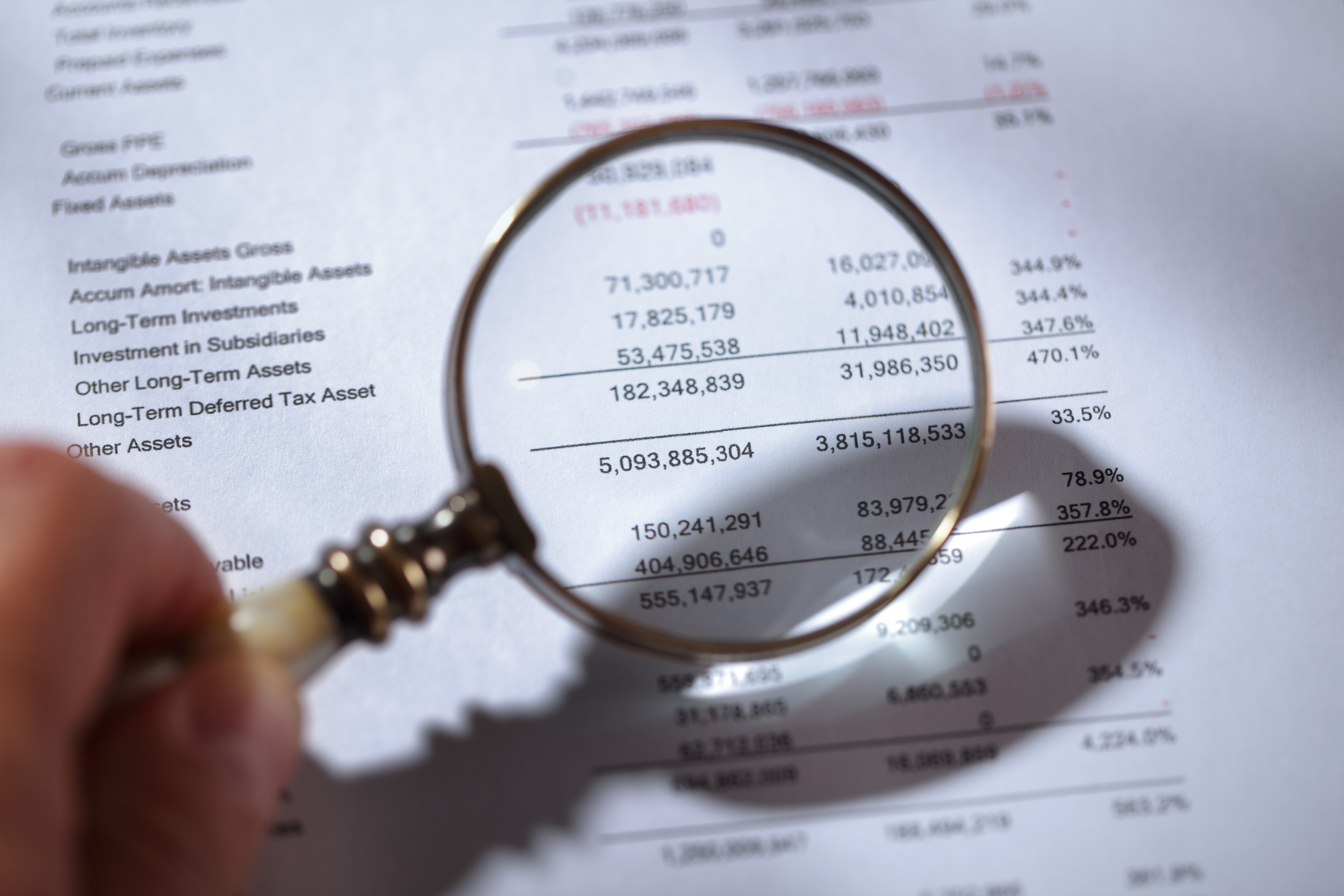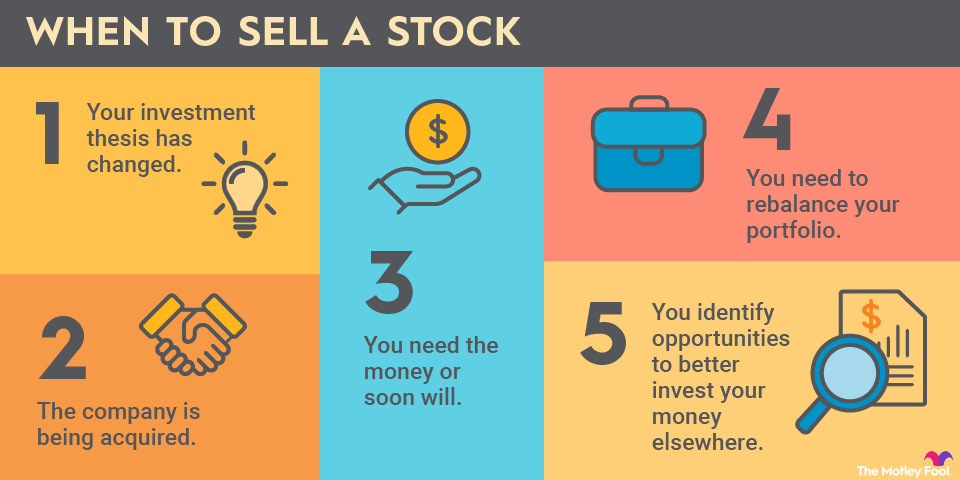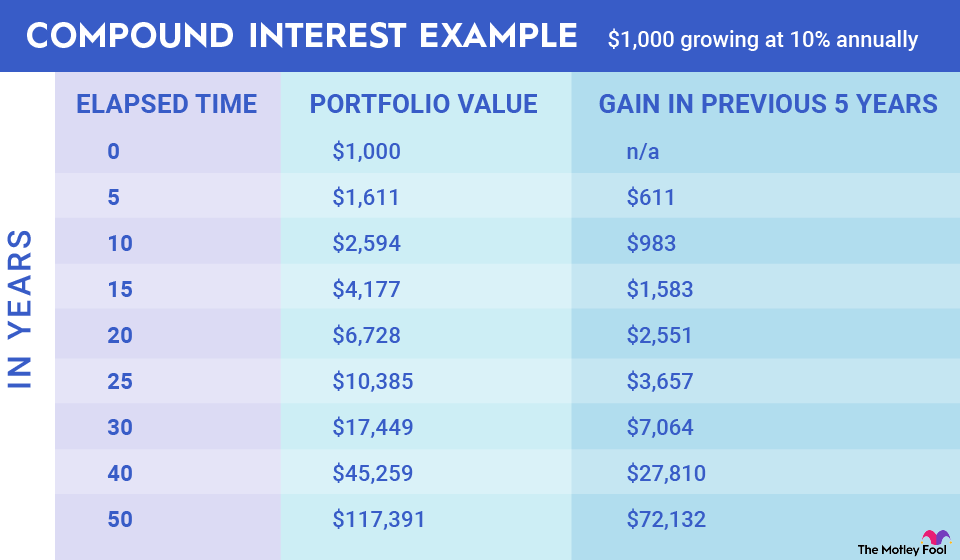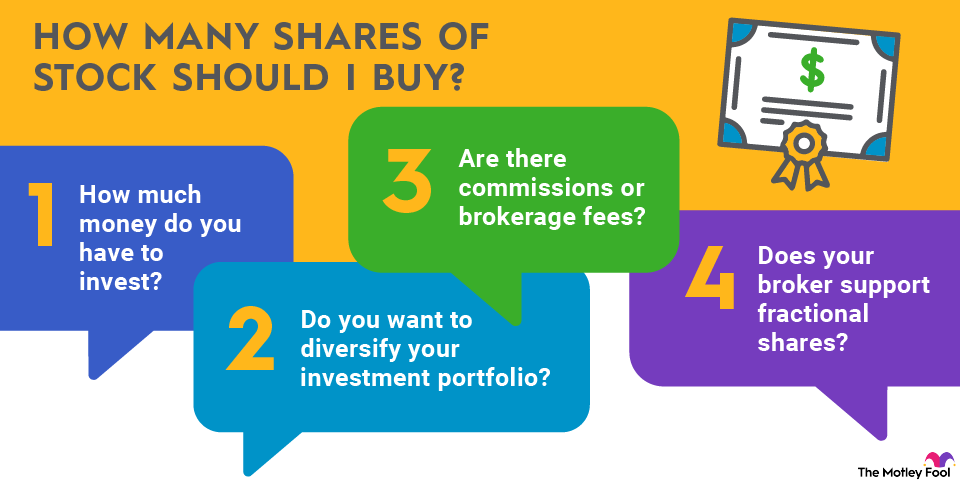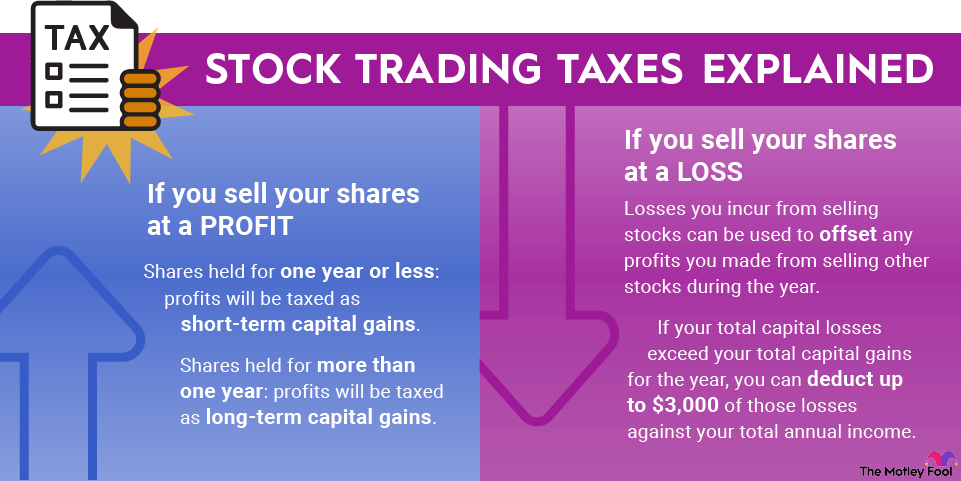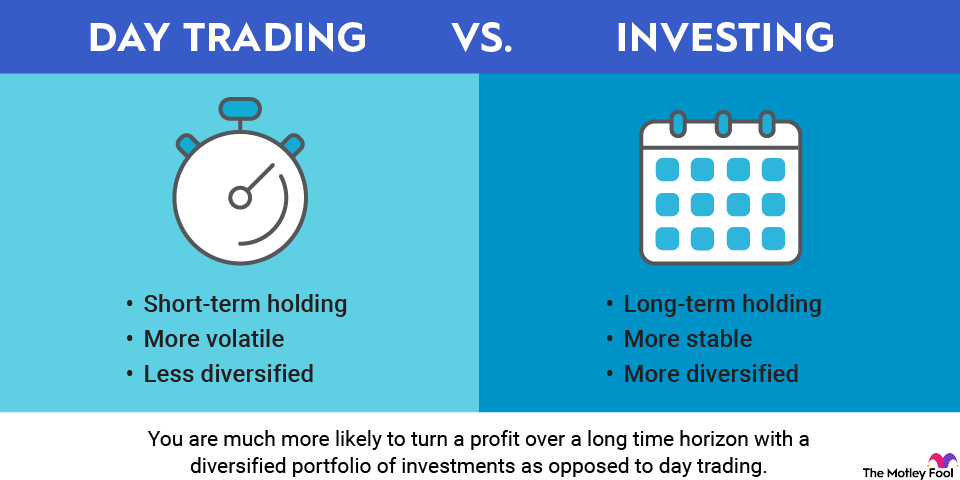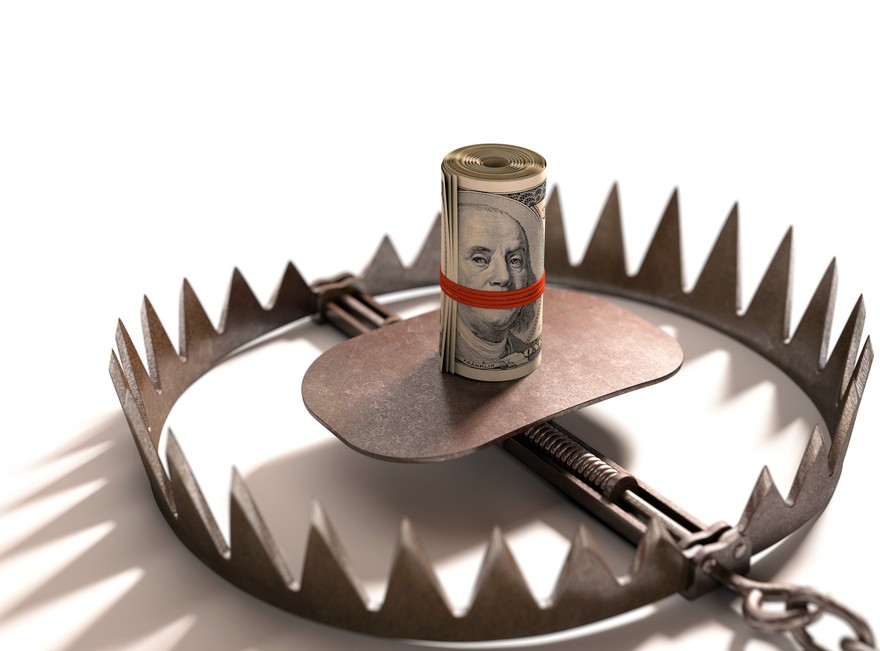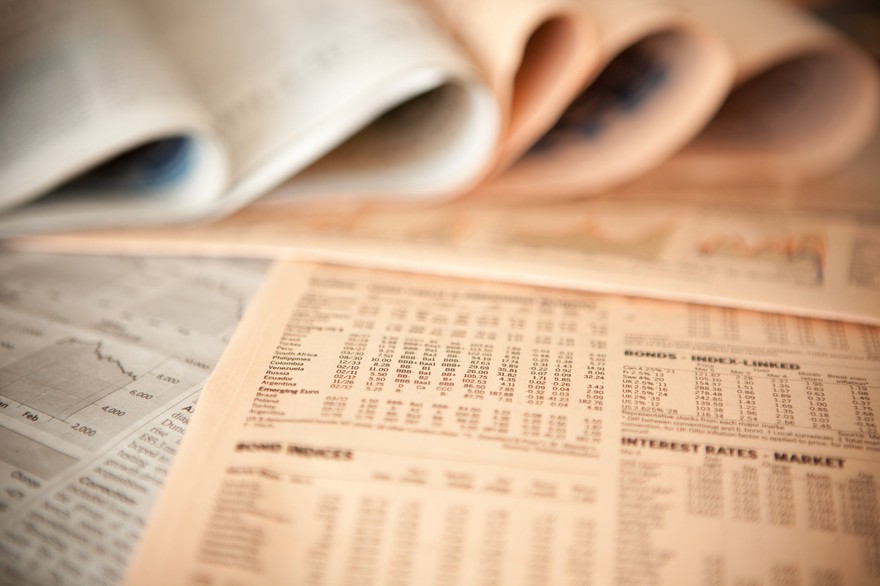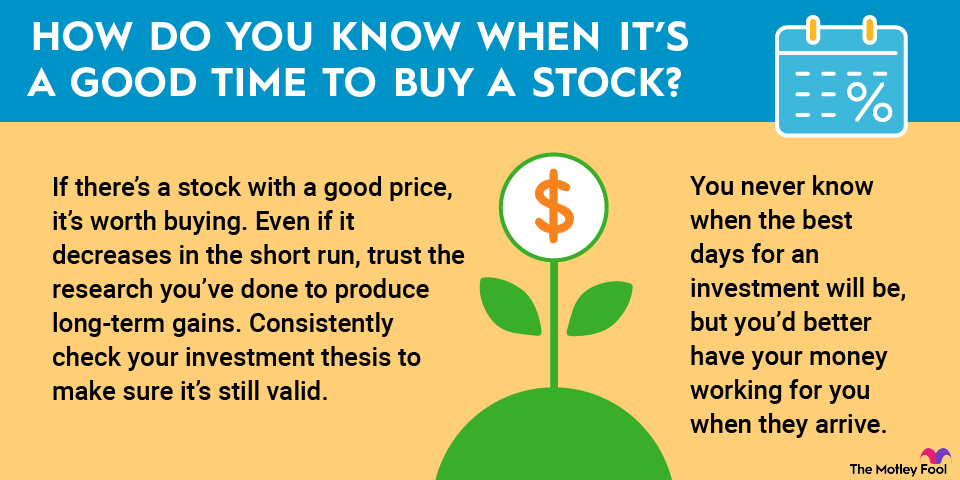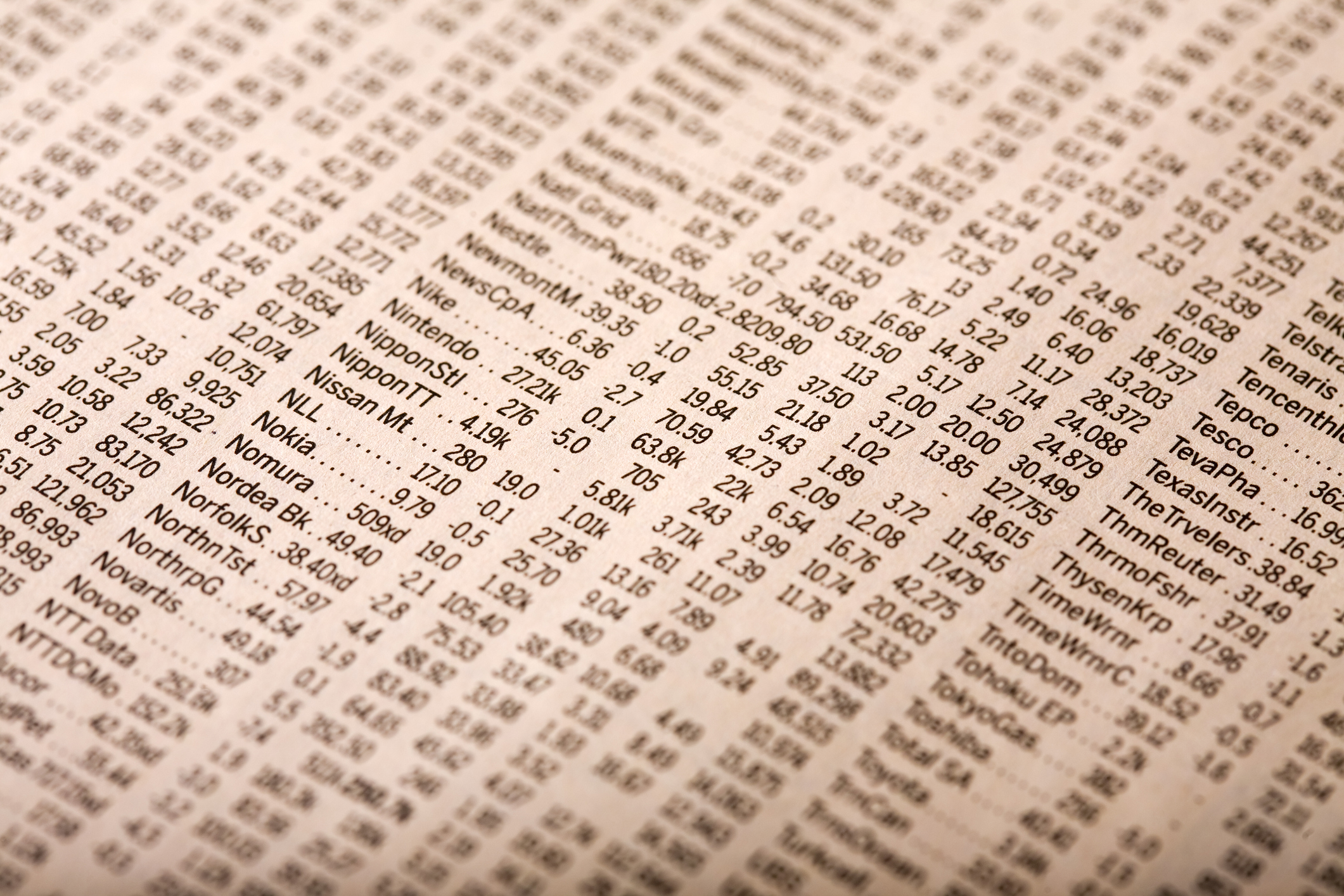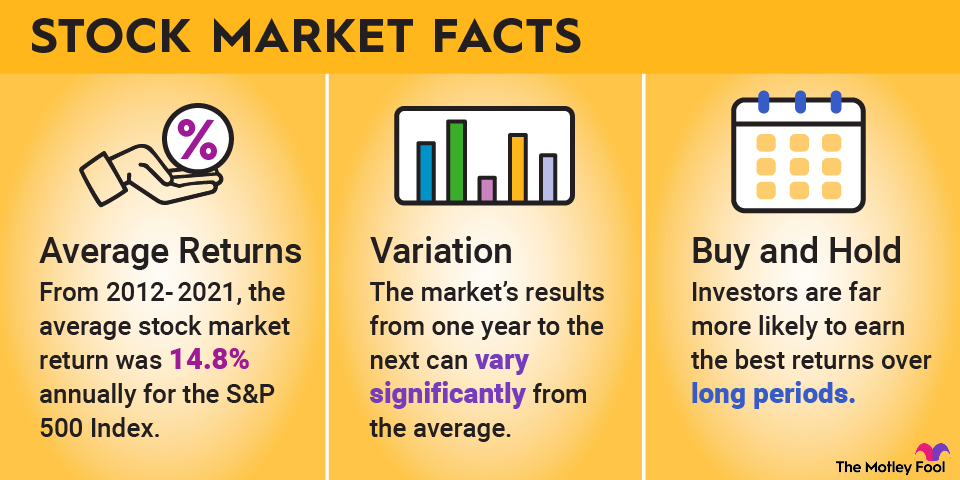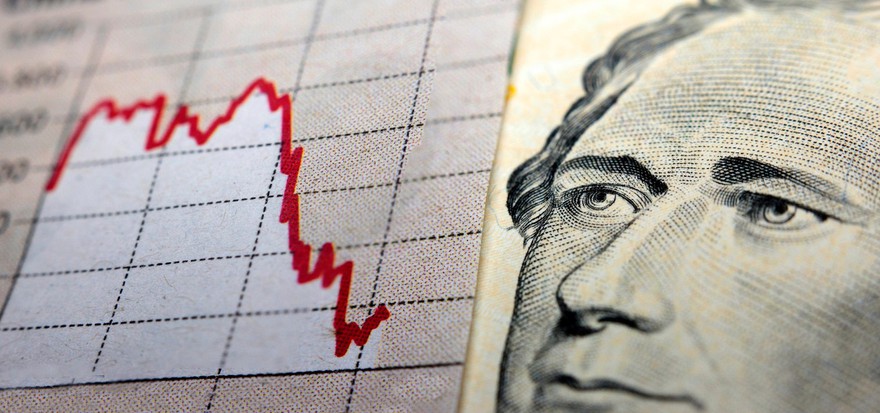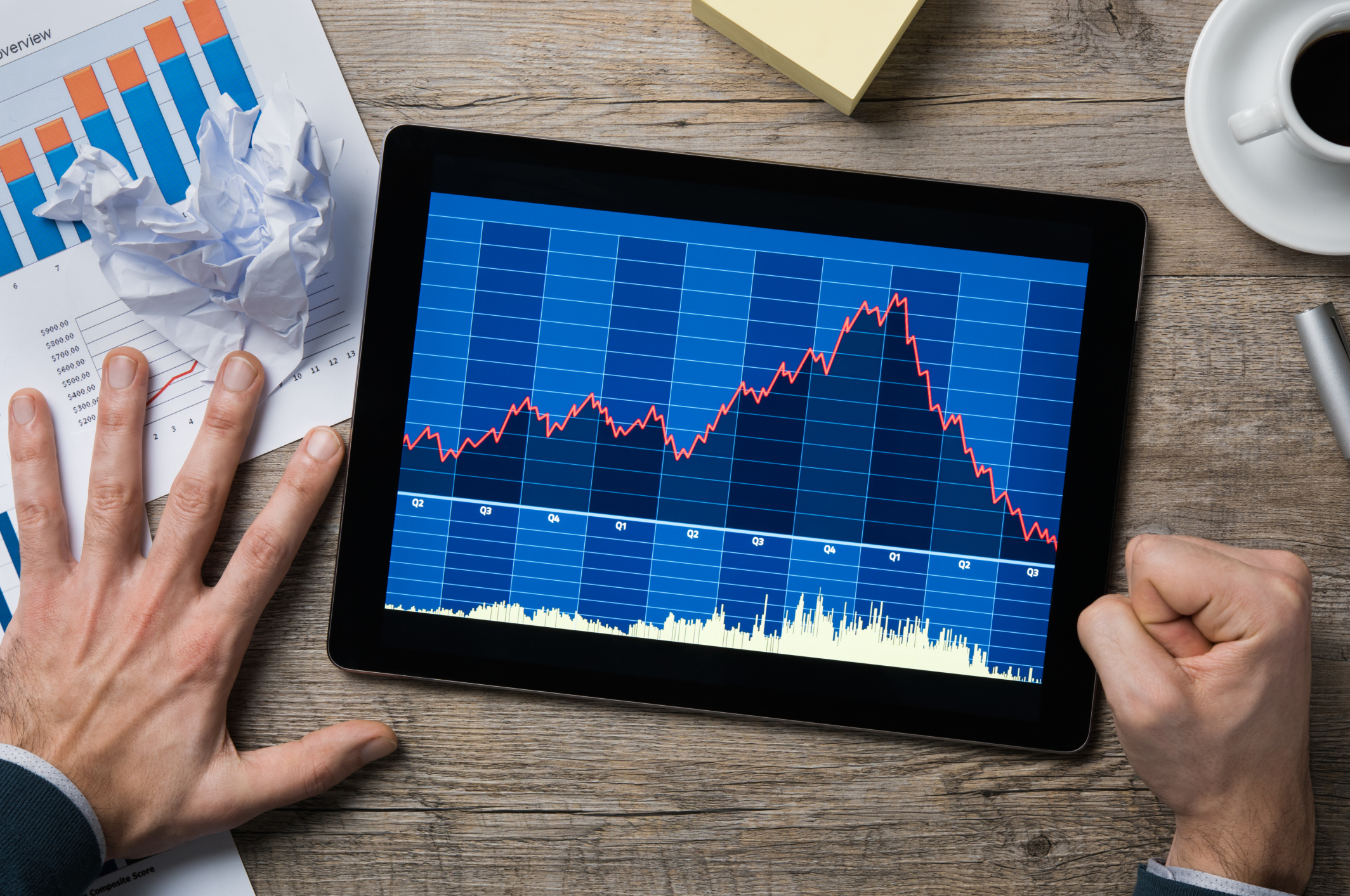Mars has been a family-owned company for more than a century. The company started out selling candy and has since grown into one of the country's largest privately held companies.

Mars owns many well-known brands and operates three business units:
- Pet care: Mars owns 44 pet care brands, including Whiskas, Royal Canin, and Pedigree. The company also owns Banfield Pet Hospitals and VCA Animal Hospitals.
- Snacking: There are 34 brands that make up this segment, including Wrigley. With Warren Buffett's help, Mars bought the iconic Wrigley Company for $23 billion in 2008 (and has since bought out Buffett's stake). It combined Wrigley with its legacy chocolate business,. Today, it owns several leading confectionery brands, including M&M's, Snickers, Twix, and Skittles.
- Food & Nutrition: The company owns 14 leading food brands, including by Ben's Original.
Mars agreed to buy leading packaged foods company Kellanova (NYSE:K) for $35.9 billion in 2024. Kellanova owns the Pringles, Cheez-It, Rice Crispy Treats, and Eggo brands. The deal, which is still awaiting full approval, would enable Mars to double its snacking division over the next decade.
Mars has long been a fiercely private company. However, that hasn't stopped investors from salivating at the prospect that it will eventually complete an initial public offering (IPO). Here's a closer look at what investors should know about this leading food, confectionery, and pet care company if it ever goes public.
IPO
Is Mars publicly traded?
Mars is not a publicly traded company. It has been privately held by the Mars family since Franklin Mars founded it in 1911. Mars is one of the country's largest private companies. According to Forbes, Mars produced the fourth-highest revenue among private companies in 2023, at $50 billion.
When will Mars IPO?
Mars didn't have an IPO on the calendar as of late 2025 and won't likely complete one anytime soon. Mars has remained a privately held company for over a century, which seems likely to continue.
The company has said it wants to remain family-owned and private because that allows it to pursue its growth strategy and invest for the long term without catering to outside shareholders.
Is Mars profitable?
As a family-owned company, Mars doesn't need to disclose its financial results publicly, so we don't know exactly how much money it makes each year. However, we do know the company generates significant revenue. Mars had revenue of around $55 billion as of mid-2025, more revenue than beverage giant Coca-Cola (KO +0.34%) produced.
We also know the company is solidly profitable. On its website, the company wrote about the role of profit, stating, "The freedom of Mars depends on the creation of profit. Because Mars is profitable and generates cash, we need not borrow money to the extent that we might lose control over our affairs."
Mars' strong profitability is a big reason it has remained private throughout the years. It doesn't need capital from outside investors to fund its growth.
ETFs options
Many investors would prefer to invest passively rather than actively manage a portfolio of stocks. Exchange-traded funds (ETFs) make that easy.
Exchange-Traded Fund (ETF)
The bottom line on Mars
Mars is one of the largest privately held companies in the country. The family-owned confectionery and pet care company will likely remain private because it doesn't need outside capital and the family doesn't want to cede control to outsiders.
Although public investors can't own a piece of the company, there are several ways to invest in the same trends that have enabled Mars to grow into a top company.






